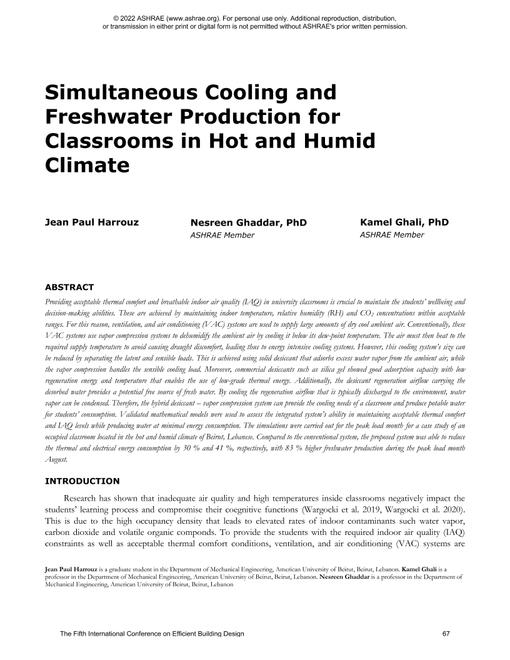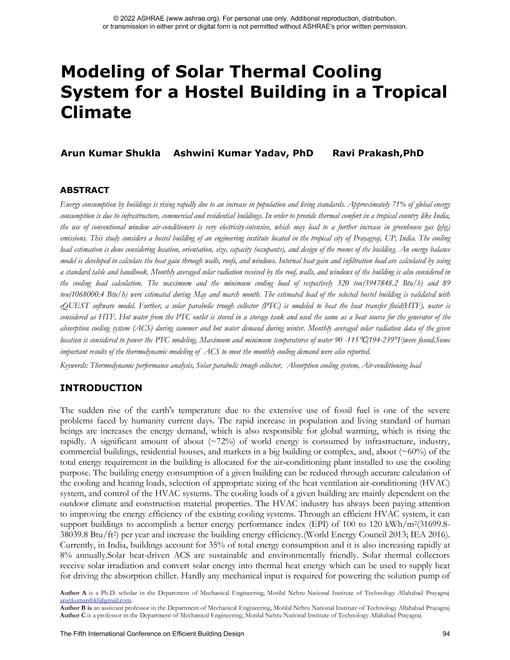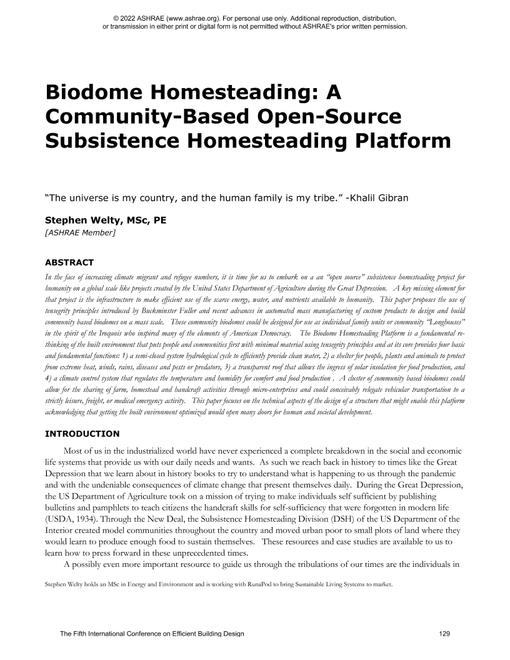-
-
Available Formats
- Options
- Availability
- Priced From ( in USD )
-
Available Formats
-
- Immediate download
-
$16.00Members pay $7.00
- Add to Cart
Customers Who Bought This Also Bought
-

C05 -- Developing a Framework for Delivering Quality towa...
Priced From $16.00 -

C06 -- Simultaneous Cooling and Freshwater Production for...
Priced From $16.00 -

C09 -- Modeling of Solar Thermal Cooling System for a Hos...
Priced From $16.00 -

C13 -- Biodome Homesteading: A Community-Based Open-Sourc...
Priced From $16.00
About This Item
Full Description
Thermal Energy Storage (TES) is the temporary storage of high or low temperature energy for later use. It bridges the time gap between energy requirement and energy use. For HVAC and refrigeration application purposes, water and water ice constitute the principal storage media.
Water has the advantage of universal availability and low cost but it can only be produced using inefficient low temperature refrigeration units if one wishes to use the latent heat capacity. If it is applied purely for sensible energy storage capacity it requires large storage tanks.
PCM latent heat cool energy storage can be provided by utilising conventional water chillers for new and retrofit applications without the need for any modifications as well as having the possibility of free cooling. By storing day-time warm energy for evening periods and over-night cool energy for day-time cooling requirements, a PCM system can simply bridge the gap between energy availability and energy use and therefore has the potential to achieve considerable environmental as well as economic benefits for many heating and cooling applications.





